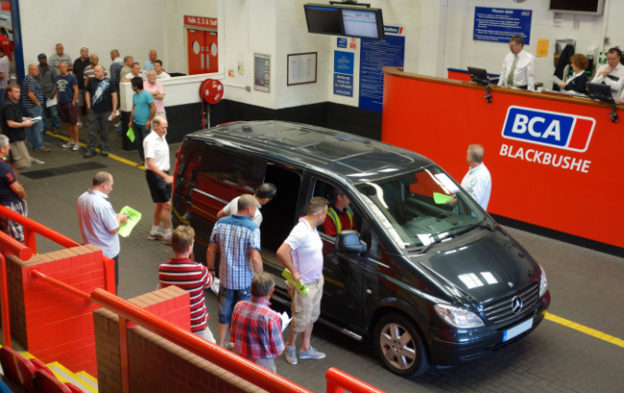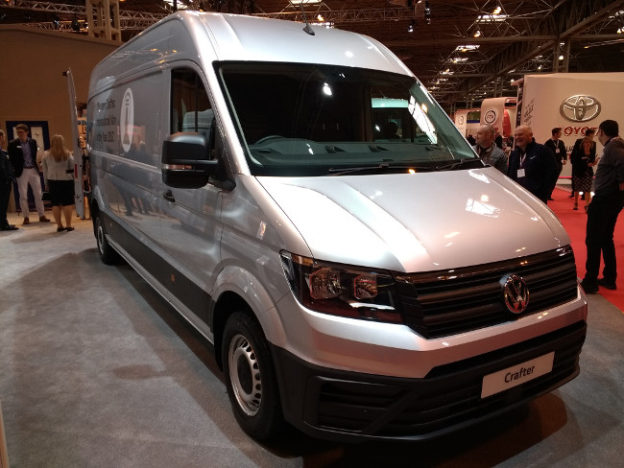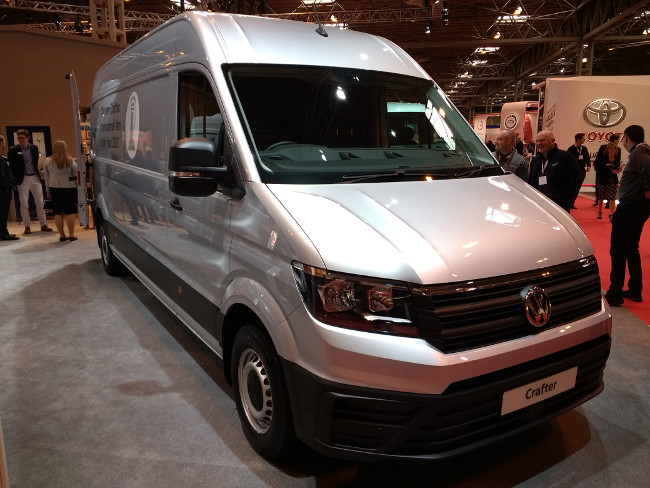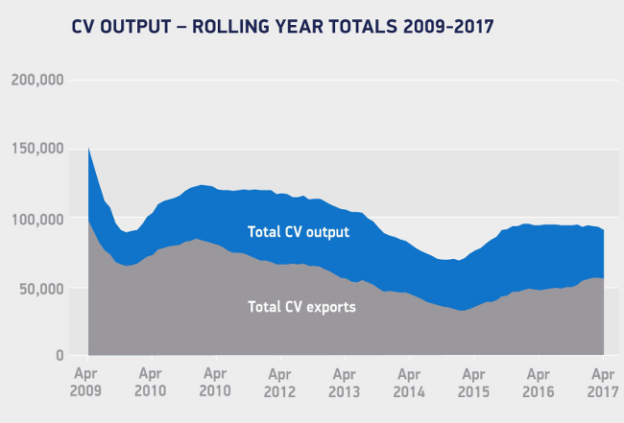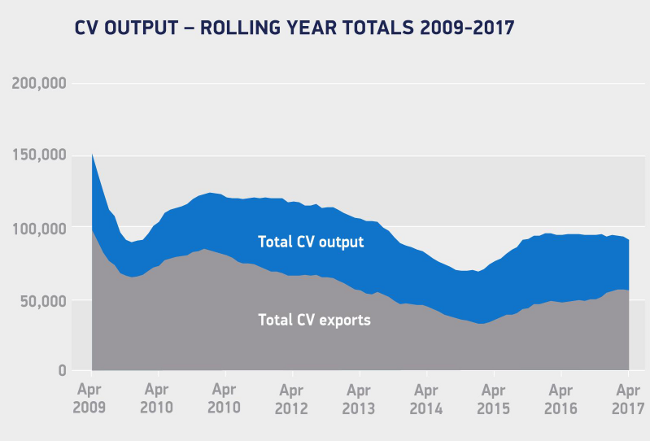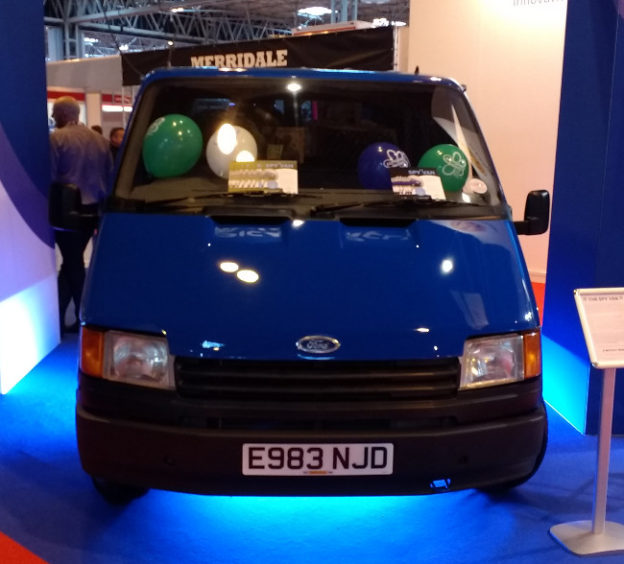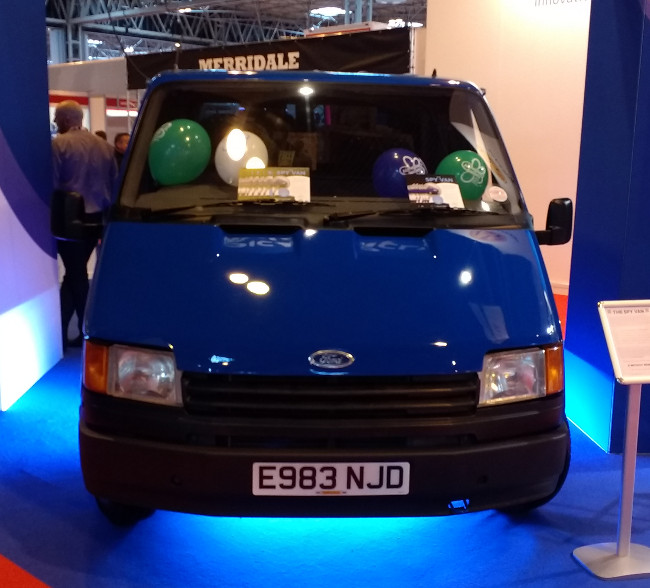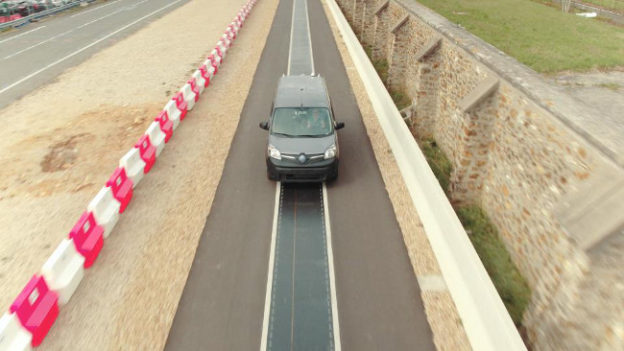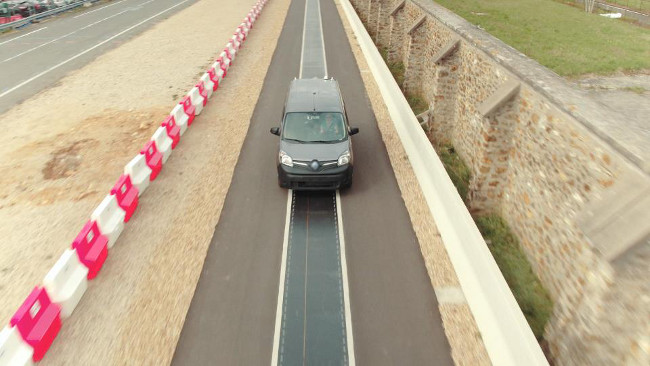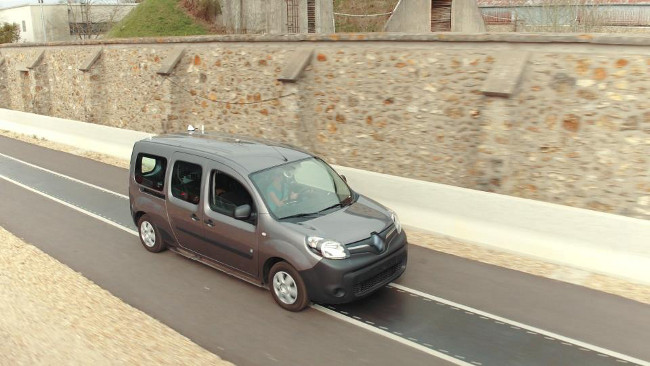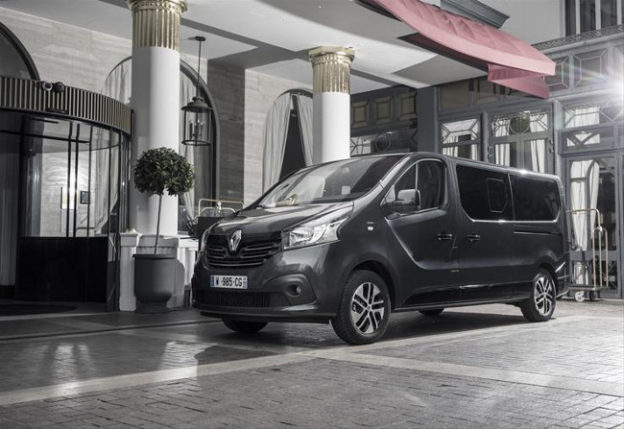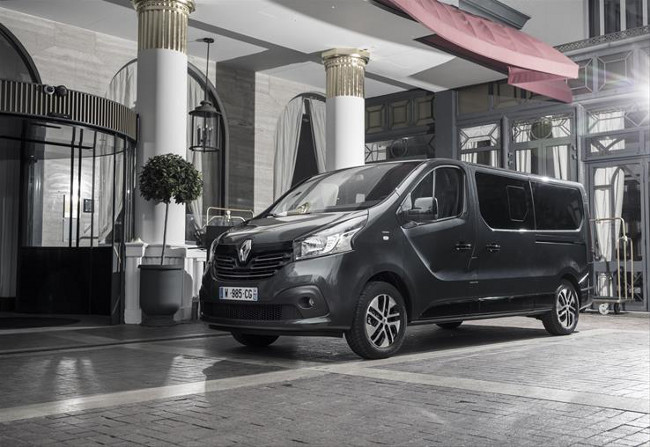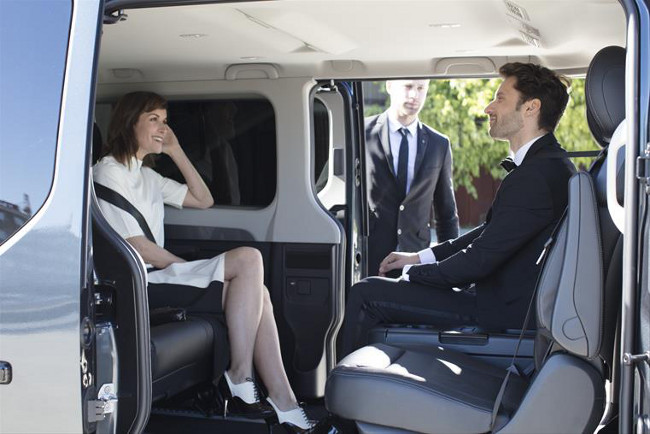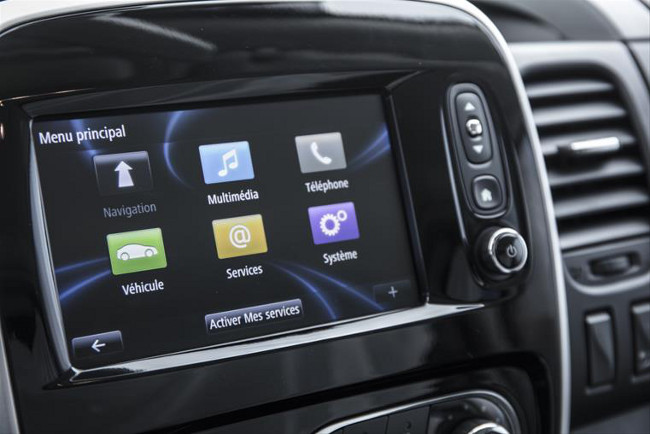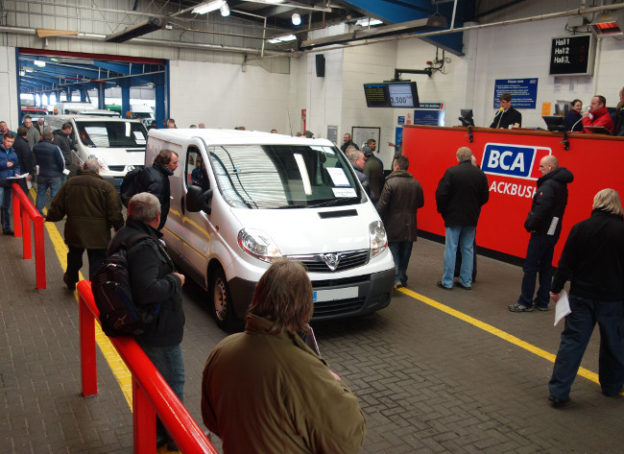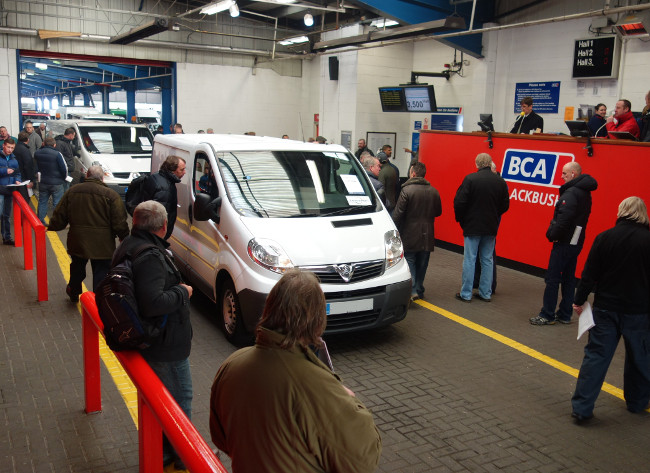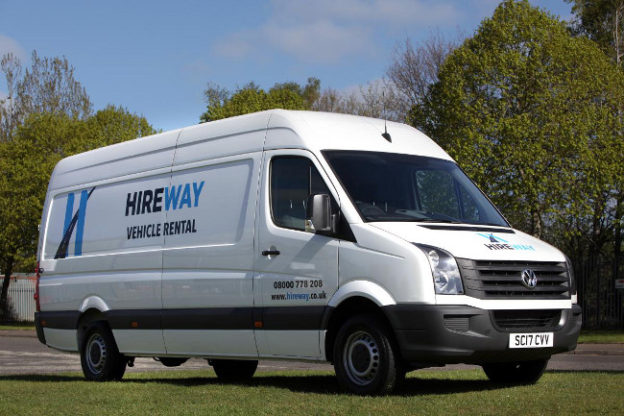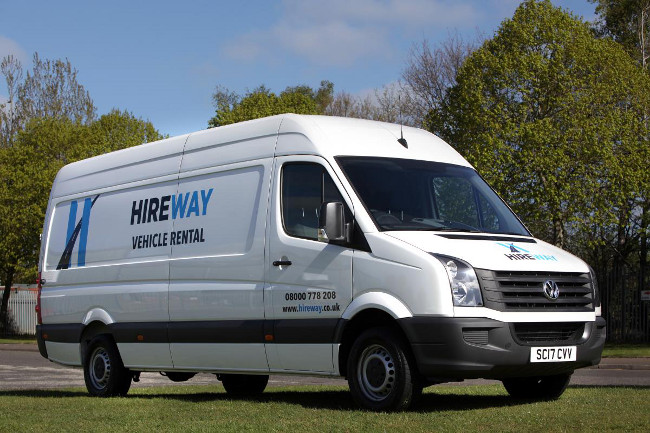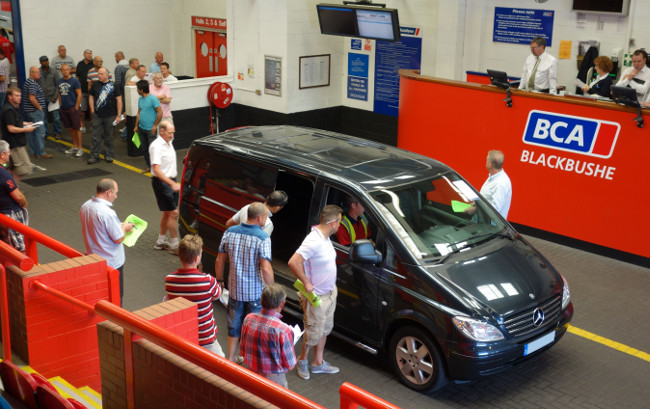
I read somewhere the other day that 50% of used cars resold at 6-18 months old are ex-rental models. I’m not sure if the same statistics apply to the used van market, but what is clear is that the van rental sector has a big influence on the average age, mileage — and price — of used vans going through auction.
Auction group BCA released its used van sales report last week. BCA says that the average used van price in May was £6,452, up marginally from £6,431 in April. The average price was 9.5% higher than in May 2016, but as this table shows, both average and and mileage have fallen significantly over the last year:
| All vans | Avg Age (mnths) | Avg Mileage | Avg Value |
| May 2016 | 54.42 | 71,121 | £5,892 |
| May 2017 | 50.28 | 66,291 | £6,452 |
Source: BCA
The firm says that the decline in average age and mileage is “largely as a result of the influx of younger rental stock over recent months”.
However, Duncan Ward, BCA’s LCV Operations Director, says that rental volumes are easing and described May as a “fragmented” and “patchy” month:
“Buyer demand was patchy during May as professional buyers had a choice from a wide selection of stock and inevitably cherry-picked the best presented and most desirable vehicles. The Bank Holidays and half-term were additional distractions that fragmented demand during the month.”
This doesn’t sound especially positive to me. It will be interesting to see whether a more settled June follows. If buyer demand remains patchy, average prices could soon start to weaken if volumes remain high.

